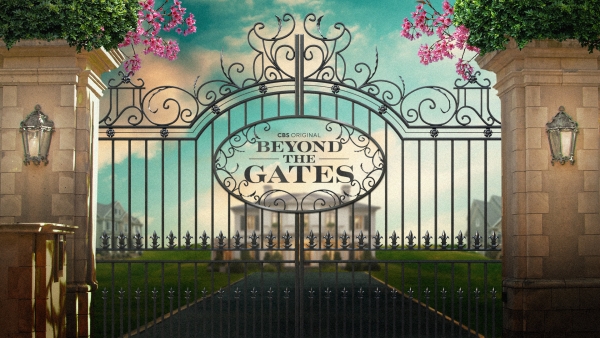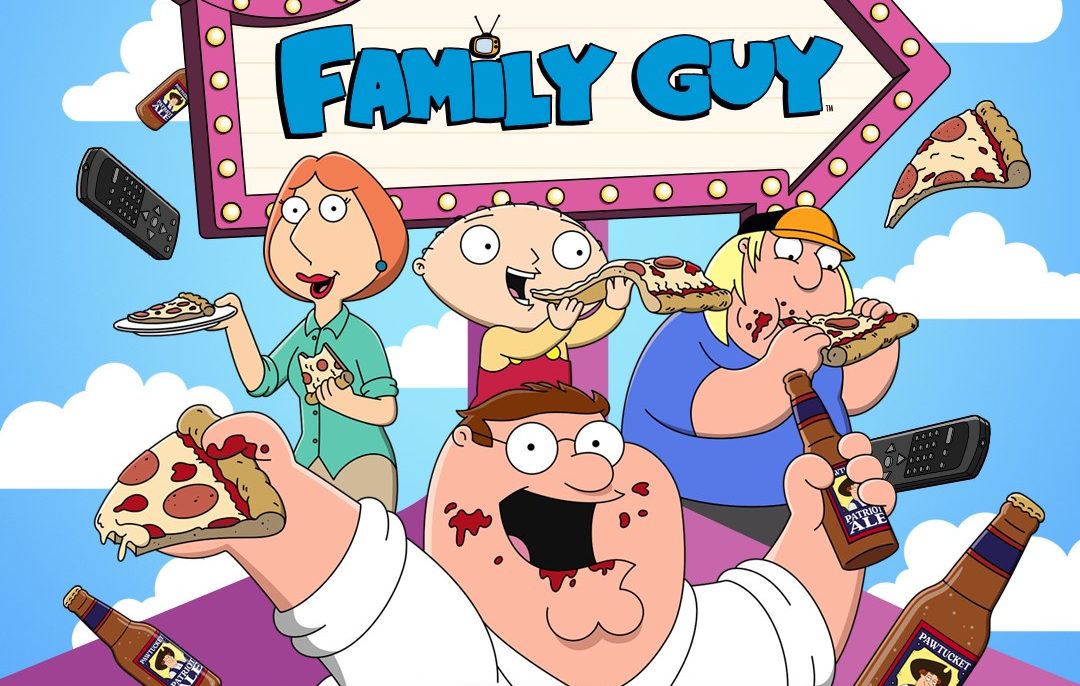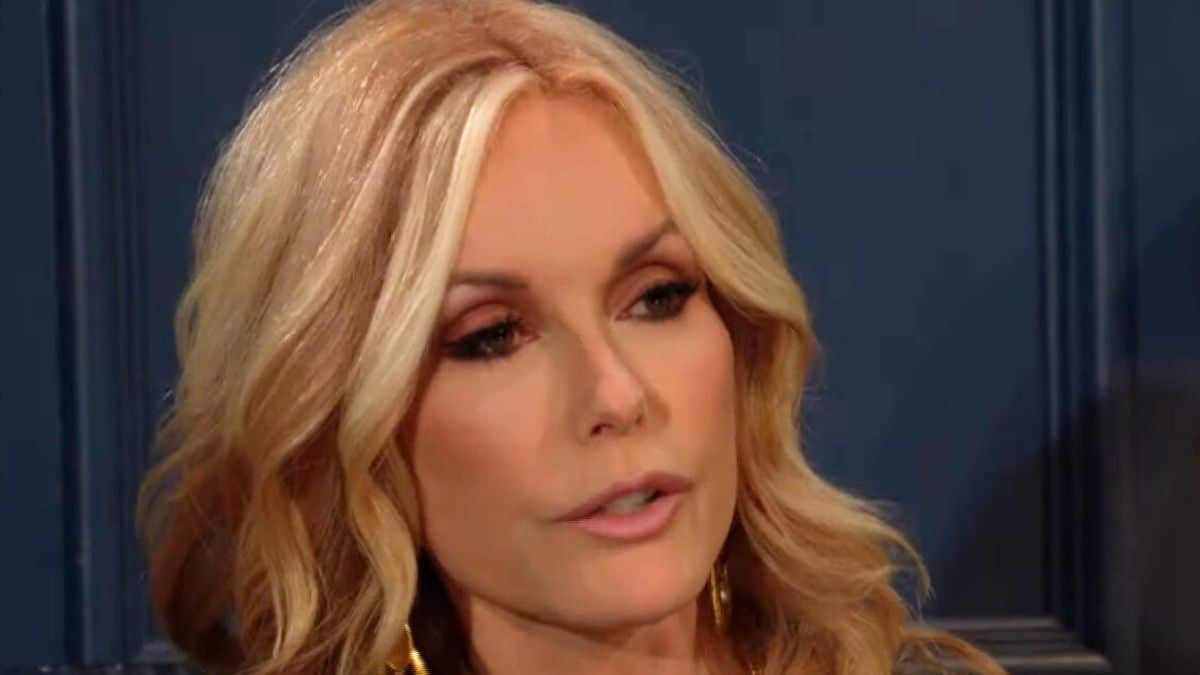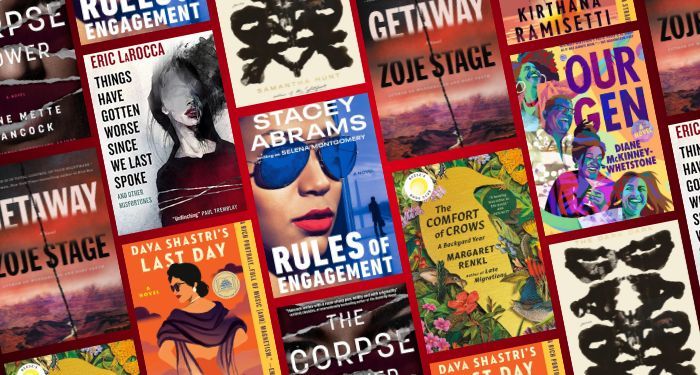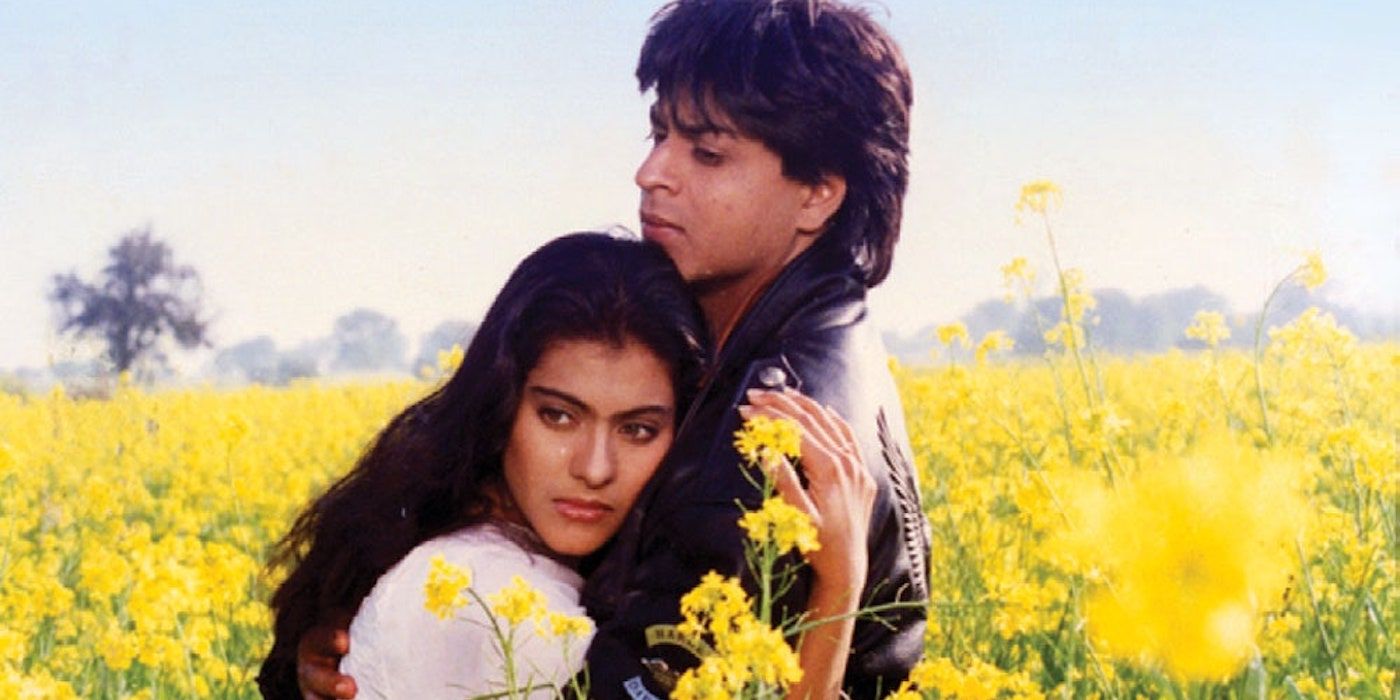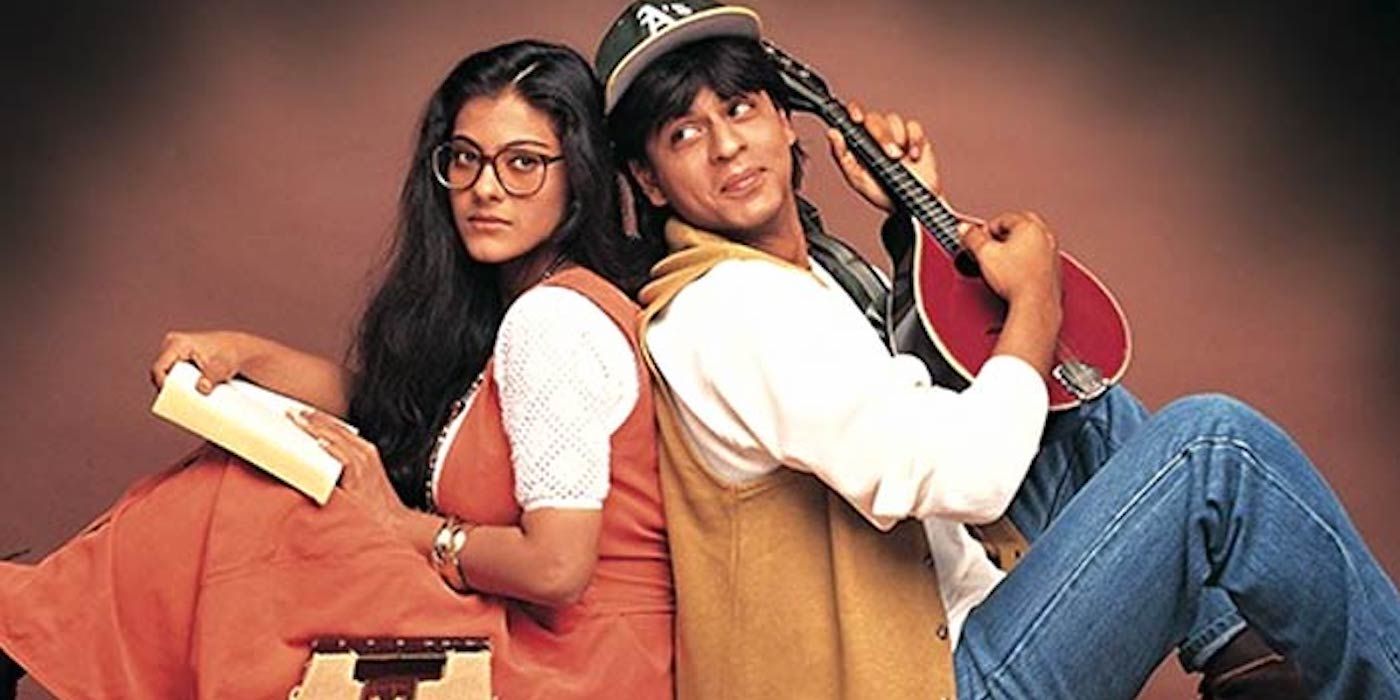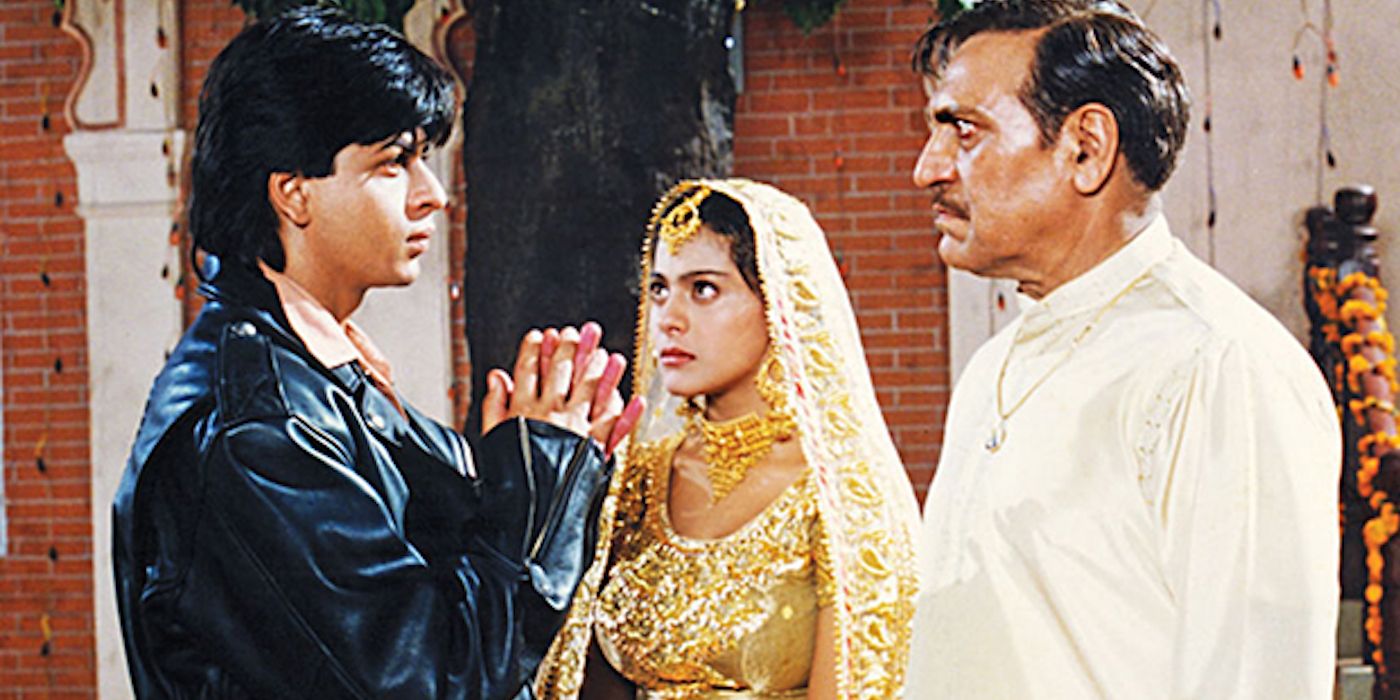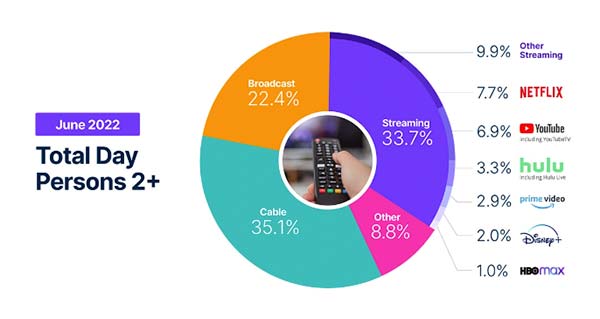Dilwale Dulhania Le Jayenge, or DDLJ, as it is known among Indian fans, has been playing in Mumbai’s Maratha Mandir theatre for more than 27 years since its release. Even today, DDLJ continues to attract audiences to relive the experience on the big screen. It would seem odd for a film to be played continuously for such a long time, but when looking into the phenomenon, one would realize that this is directly rooted in the love of Indian audiences for the film that propelled Shah Rukh Khan into global stardom. DDLJ proved to be a landmark film in terms of the success that it attracted at the box office as well as the impact it left on the Bollywood films that followed. Moreover, it brought the world’s attention to Shah Rukh Khan, making him the unparalleled “King of Bollywood.”
‘Dilwale Dulhania Le Jayenge’ Represents Non-Residential Indians
DDLJ was one of the first few films that targeted the Indian diaspora outside India and in its makings, DDLJ stuck to Indian values and sensibilities. The film followed Raj Malhotra (Shah Rukh Khan) and Simran Singh (Kajol), two Non-Residential Indians, who represented opposing spectrums of Indian values. Raj was brought up by his liberal father whereas Simran grew up with conservative values. Raj represented the modernized NRI whereas Simran represented the Indian still rooted in her country’s beliefs and values. They both spoke to the young Indian NRIs who have only learned of their homeland from their parents through stories and anecdotes. Their parents, on the other hand, reflected the first-generation NRIs who spent the majority of their lives in India, but finally moved out in hopes of a better livelihood. While the children only know of India as a distant idea, the parents are reminded of the ideal life that they sacrificed. Both generations of NRIs can find relatability through the characters of DDLJ.
Through Simran and Raj’s loving union, in the end, the two belief systems reconcile. Moreover, Raj serves as the perfect representation of the Indian out of touch with his roots. Early in the film, Raj’s encounter with Simran’s father, Chaudhary Baldev Singh (Amrish Puri), ends up making him a bad example of Indians in front of his future father-in-law. Here, Simran’s father serves as the relatable reflection of the Indian who is away from his land but still loves his country from his heart. For him, Raj is everything wrong with NRIs who try to mimic the culture of others.
After this initial encounter, Raj’s journey to impress Simran’s father by abiding by the requirements of the Indian culture speaks to the homecoming of an Indian who has finally remembered how to love his country. As a by-product of the film’s creative intentions, Raj refuses to elope with Simran – an act despised by most Indian families even now. Instead, Raj vows that he will only marry Simran with the permission of her father. The climax, which is etched into the memory of every Indian today, captures this moment as Simran’s father finally gives her permission to live with the person she loves.
‘Dilwale Dulhania Le Jayenge’ Propelled Shah Rukh Khan to Stardom
Shah Rukh Khan had a few successful films in his kitty before the massive success of Dilwale Dulhania Le Jayenge. He found an early niche in playing anti-heroes, a rare choice for a mainstream actor in Bollywood, in the 1993 films Baazigar and Darr. But it was the stardom that came his way after DDLJ’s box-office success that truly established him as the romantic hero of Bollywood. The reception that DDLJ received impacted Shah Rukh Khan’s career beyond imagination as he became the biggest actor in Bollywood at the time with just one film. Thereon, Shah Rukh Khan created his own niche with a string of romance stories with a hint of patriotism and comedy included in the mix.
DDLJ also popularized the pair of Shah Rukh Khan and Kajol who later appeared in several more films, many of which attracted significant attention from audiences. The list includes Kuch Kuch Hota Hai, My Name Is Khan, and the 2015 sequel to DDLJ, Dilwale. The film’s iconic scenes and songs, along with the added chemistry of the actors, just amplified the lasting impact the film had on Indian audiences. To date, DDLJ’s climactic sequence at a railway platform brings a whiff of nostalgia, making it possibly the most iconic ending in Indian film history.
‘Dilwale Dulhania Le Jayenge’ Transformed Indian Films Forever
DDLJ is notable not just because of the impact it had on Shah Rukh Khan’s career but also the impact it had on the many movies that followed thereon. DDLJ’s success resulted in an array of Indian films that blended Indian sensibilities with an international brand of filmmaking. From then on, films were shot extensively in exotic foreign locations. In fact, DDLJ made Switzerland a popular tourist location among Indian travelers. Interestingly, the film’s director, Yash Chopra, shared a special relationship with the country and was honored by the Swiss Government for helping rediscover the country through his films.
Apart from the foreign setting, a majority of these films had another common factor: They all appealed specifically to Indian audiences living outside their home country, making the theme a common one in Bollywood films of the 2000s. Shah Rukh Khan’s many later successes, such as Kal Ho Na Ho, Kabhi Khushi Kabhie Gham, and Swades, all had a running theme in which the characters reflected a yearning to return to their countries and expressed the same through patriotism-ridden one-liners and monologues. While films that pulled the strings of nationalism always worked their charm with Indian audiences, DDLJ managed to successfully revamp the old formula while tapping into an entirely new audience, making Shah Rukh Khan the most popular Indian star outside India.
For the most part, Shah Rukh Khan’s success in becoming an internationally-known Indian star can be attributed to the success of his movies which replicated the success of DDLJ. The film’s initial success lasted longer than anticipated because of the impact it had on Indian cinema and popular culture. There are only a few movies in Bollywood that had an impact as big as Dilwale Dulhania Le Jayenge when it comes to the way films were made. The famous Maratha Mandir in Mumbai preserves the legacy of this Indian film which continues to be loved and adored.















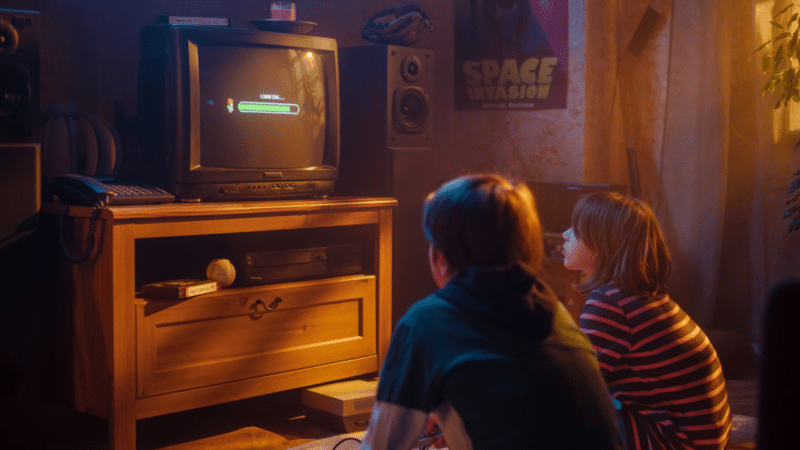














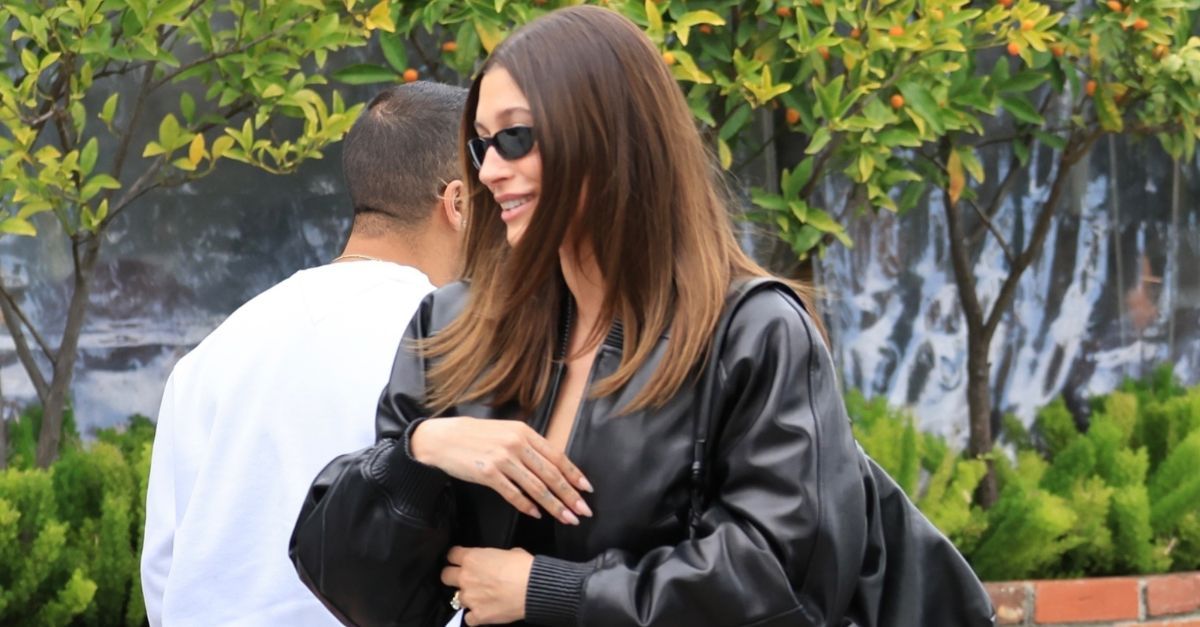









![Spider-Man Is Back in Black With the Green Goblin in New Funko Pop! Figures [Exclusive] Spider-Man Is Back in Black With the Green Goblin in New Funko Pop! Figures [Exclusive]](https://static1.colliderimages.com/wordpress/wp-content/uploads/2025/03/spider-man-the-animated-series-green-goblin.jpg)


